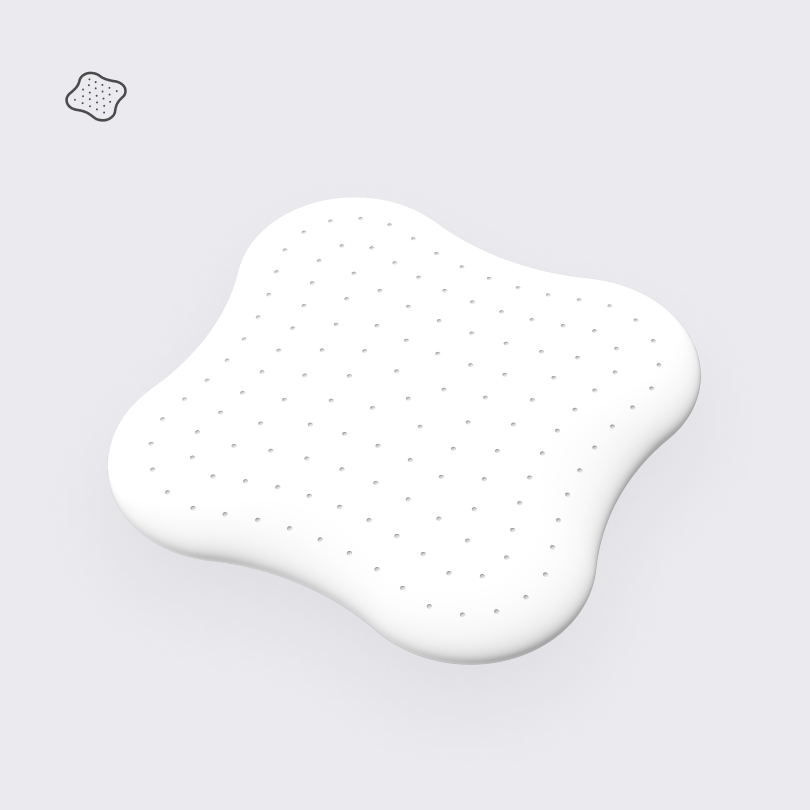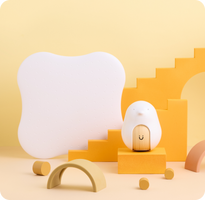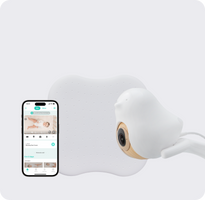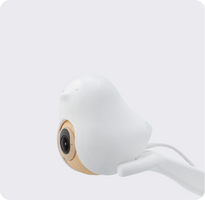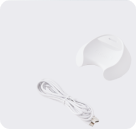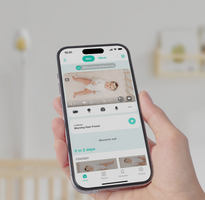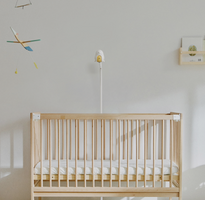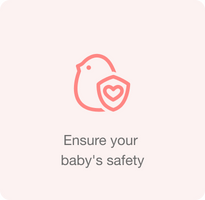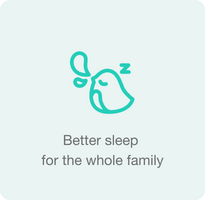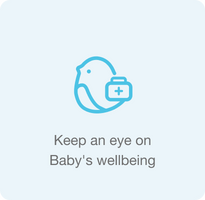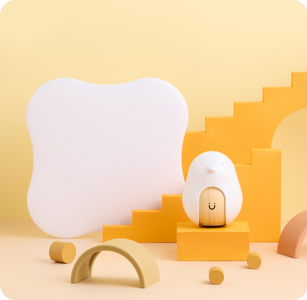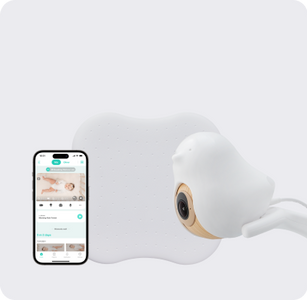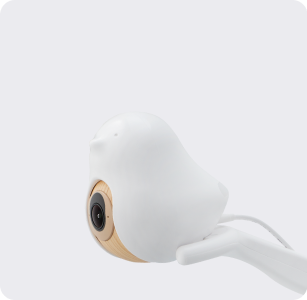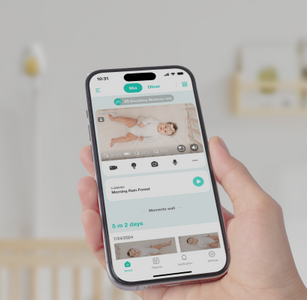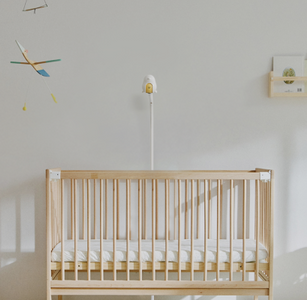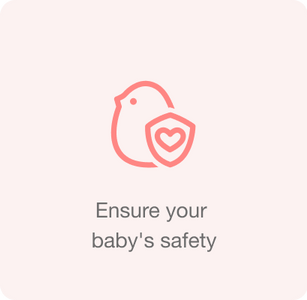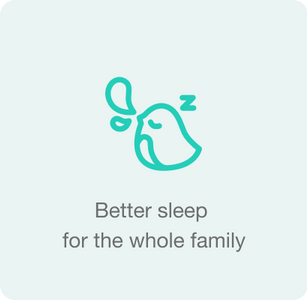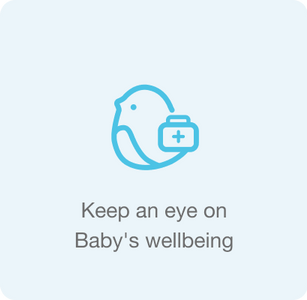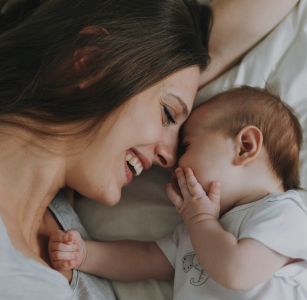Whether you’re routine-led, or a go-with-the-flow type, one subject is sure to unite every parent; how to get baby to sleep through the night.
Once the newborn glow has worn off, and broken sleep has taken its toll, it’s only natural to turn to baby sleep training techniques to reclaim those lost hours.
But, when it comes to sleep training, how soon is too soon, and what does it involve? Let’s look at some helpful training tips for baby and infant sleep training!

When to start Sleep Training: How soon is now?
Baby sleep training is about teaching your little one when it’s time to go to bed, and when it’s time to get up.
If you love your sleep, brace yourself; according to the National Sleep Foundation, it takes babies “three to six months” to develop the circadian rhythm to snooze at night. If you were hoping to nail newborn sleep training in the early days, you might want to think again!
The good news, however, is that once training is underway, babies can sleep anytime from nine to twelve hours at night. However, don't be surprised if your little one wakes up after only five hours - on some sleep training websites that qualifies as sleeping through the night!
Baby Sleep Training Methods: How to train your sleep thief!
When it comes to baby sleep training, there are various methods that can be employed along with techniques and gadgets that can make a difference. Here we round up some of the most popular parenting solutions:

Cry it out Sleep Training Method
A controversial topic in parent circles, “controlled crying” is a method some parents use to promote infant sleep training. It requires the parent to delay responding to a child’s cry, as they learn to ‘self-soothe’ and in some cases, go back to sleep.
In her book French Children Don't Throw Food, Pamela Druckerman refers to it as ‘Le Pause’. It’s a tactic used by the French with great results, since their babies typically sleep through the night from two months on.
Be prepared though, cry it out sleep training requires a steely composure and plenty of restraint (not to mention, patience), especially in the early days. Experts suggest starting with a short interval between 2-10 minutes. However, some groups believe that this can all be rather distressing for baby.
As a first time mom, I tried this method but it didn’t work for me. I found it too distressing to leave my son cry it out that in the end I relented. However, my best friend swore by this approach, so I guess it’s whatever works best for you and your child’s personality.
Fading Sleep Training Method
A completely different approach to cry it out sleep training, the fading method involves ‘coaching’ your baby to sleep by holding or rocking them. However, since you don’t want them to get into the habit of relying on you to nod off, it’s recommended to ‘fade’ this out. This is done gradually by shortening the length of time you hold them for. You’ll need plenty of patience, but on the upside, it’s a no-tears approach.

Use a Smart Baby Monitor
There’s baby monitors and there’s smart baby monitors, and the latter are light-years ahead of old traditional types.
One of the benefits of a smart baby monitor is that it keeps a close eye on your child, without the need to physically check-in on them. This means less disruption and a better night’s sleep for your newborn.
Designed by a parent and pediatrician, the newly launched Cubo AI Smart Baby Monitor has several benefits rolled into one, making it a must-have for baby sleep training.
Using cutting-edge technology and ultra HD 1080p Night Vision, the unobtrusive Cubo camera monitors baby’s motions, to ensure their face isn’t covered and that they’re sleeping peacefully. Any disruptions or concerns are immediately brought to the attention of the parent via an app alert. It’s a great way to ensure everyone sleeps like a baby!
Read how the Cubo AI Smart Baby Monitor helped parents in sleep training on the blog!
Keep the Ideal Baby Room Temperature
Babies are particularly sensitive to temperature. A room that is too hot or cold can be enough to disrupt their ability to nod off.
Therefore, if you want to get baby to sleep through the night, you need to ensure a consistent room temperature. Experts recommend between 68 and 72 degrees Fahrenheit.
A baby room thermometer is advisable to have. Better still, the Cubo AI Smart Baby Monitor is equipped with a temperature and humidity sensor, which alerts parents if the temperature isn’t within the recommended range. It’s a small price to pay for a good night’s rest.
Day and night training
Babies are pretty smart and can pick up cues from a young age. For this reason, it’s often recommended that newborn babies are exposed to light during the day, and darkness at night. Eventually this helps them make the distinction between both.
Take care to ensure their room is dark enough for rest, using a black-out curtain if necessary. If you have a baby monitor, ensure it doesn’t have any obtrusive lights or noises. For example, there’s no glaring red camera light on the Cubo AI Smart Baby Monitor and better still, even the status light can be switched off completely for a healthy and peaceful night’s sleep!
Even before you start baby sleep training try and get your little one into a rhythm. For instance, a bath and book before bed will help provide a familiar routine.

Comfort your Baby by Talking
There are times when baby just needs a soothing ‘shush’ from Mom or Dad, or to just hear their parent in order to go back to sleep. If you don’t want to disrupt your little one by going in their room, invest in a baby monitor with two-way audio, like the Cubo AI Smart Baby Monitor. With a smart monitor like Cubo, you can even keep up with this nighttime routine when away from home by easily soothing baby through the app. No matter what routine you attempt with sleep training, make sure to stick with it to ensure baby stays on track to sleep through the night.
Swaddle Your Baby - A secret to help your newborn sleep
The ancient art of wrapping your baby like a burrito has been around for centuries! Swaddling is commonly used in newborn sleep training, to mimic the womb environment. The tight wrapping provides comfort to very young babies, believing this helps them sleep better and for longer.
If you’re keen to try this, be sure to use a proper swaddle blanket. You may want to use your baby monitor to keep a close eye on them, since some babies are like Houdini escaping from the tight grip!
Final thoughts
If you’re trying to get baby to sleep through the night, join the club! A study revealed that most new parents get less than five hours of sleep a night in those joyful early days.
There’s many different approaches parents can take for infant sleep training; however, these are very dependent on both you and your child’s personality. What is clear though, a robust bedtime routine paired with a smart baby monitor can go a long way in making sure everyone gets a good amount of shut eye.
Here’s to wishing us all a good night’s sleep!
Soph W.

